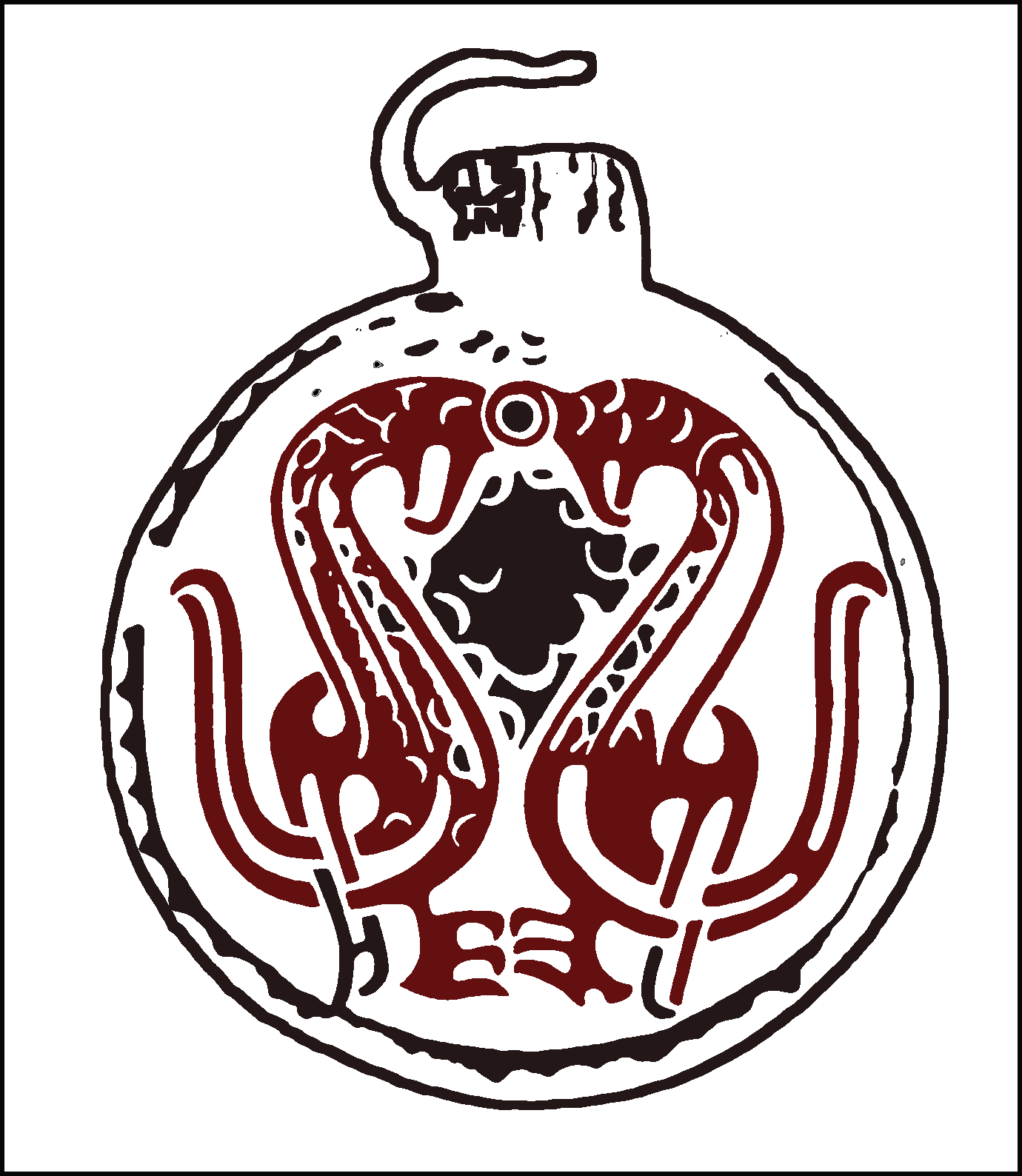The post-conference excursion will leave at 8:00 on Saturday morning, further information is found below.
A post-conference excursion will depart from Tallinn early on Saturday, arriving on the island of Saaremaa/Ösel, where the group will spend the night, then spending Sunday on Saaremaa followed by a return to Tallinn late on Sunday night. Min 15, max 47 persons. Price: 270 € per person. If one wants a private room: +55 € per person. Meeting point: Mere pst 5.
Saturday: Noarootsi/Nuckö and other archaeological sites in Western Estonia. The group will travel from Tallinn first to Padise Abbey, which was a Cistercian monastery founded in 1310, dissolved in 1559, later used as a country house until 1766, and the ruins of which are now a museum. Then the group will travel on to Nuckö/Noarootsi, which was the center of the medieval Swedish population in Estonia, then an island, to see the Sutlepa village and its cemetery, which to some extent still reflects the atmosphere of its former Swedish settlers. The group will visit the Nuckö church and pastorage, with its small exhibition on the history of the local population, as well as the Birkas/Pürksi manor and Gymnasium, which is the only school in Estonia offering specialization in Nordic countries and Swedish language, making it a kind of centre for Nordic culture. Lunch will be in Haapsalu, where the group will briefly visit the Aibolands Museum/Rannarootsi muuseum/ Estlandssvenskarnas museum, with its exhibition of the history of Estonian Swedes as well as some old boats and ships. The trip will continue to the medieval castle Lihula, now in ruins, built on top of an Estonian hill-fort. Lihula was probably connected with the most important harbour-site in West Estonia, and the only Swedish action in the Livonian Crusades was to conquer the hill-fort in 1220, although they lost it in the same year to the Oselians. Lihula became the residence of the Bishop of Ösel-Viek for a short time in the 13th century, during which a small town started to develop around it, although the center moved to Haapsalu some decades later owing to its better harbour facilities. The group will then move on to Saaremaa for dinner and to check into the hotel.
Sunday: Saaremaa (including Salme, where Scandinavian boat burials were found). The day will begin by visiting Kuressaare castle and museum, the best-preserved medieval castle in Estonia, with an exhibition of the history of Saaremaa, Estonia’s largest island. Then the group will proceed to Salme, where two Scandinavian boat burials from the eighth century have recently been excavated. From Salme, we will continue to Valjala church/hill-fort. The Valjala stone church was probably built some years before Pöide, and a number of Estonian early Christian burials with numerous artefacts have been found in its 13th-century churchyard, especially from 1210. The hill-fort of Valjala is the only one built of stone (without mortar) on Saaremaa and its surrender is the last event described in the Chronicle of Henry of Livonia. Then, we will have lunch in Kaali trahter. After lunch, we will move on to the excavated Tornimäe harbour site in eastern Saaremaa, dated as operating from the 8th to the 10th century. Then we will visit the Pöide hill-fort, which operated during the same period as the Tornimäe harbour, was abandoned after AD 1000, and then in use again from the 12th to the 14th century. We will also see the Pöide church, which is one of the oldest stone churches in Estonia, originally built in Romanesque style in 1230s and soon after that in the Gothic style, as well as the ruins of Pöide castle, built right next to the church by the Teutonic Order in the 13th century, and subsequently destroyed in the middle of the 14th century. Finally, we will take the ferry from Kuivastu to the mainland. It is possible to buy refreshments, food and drink on the ferry. We will be back in Tallinn approximately at 19.30 (7.30 pm).
